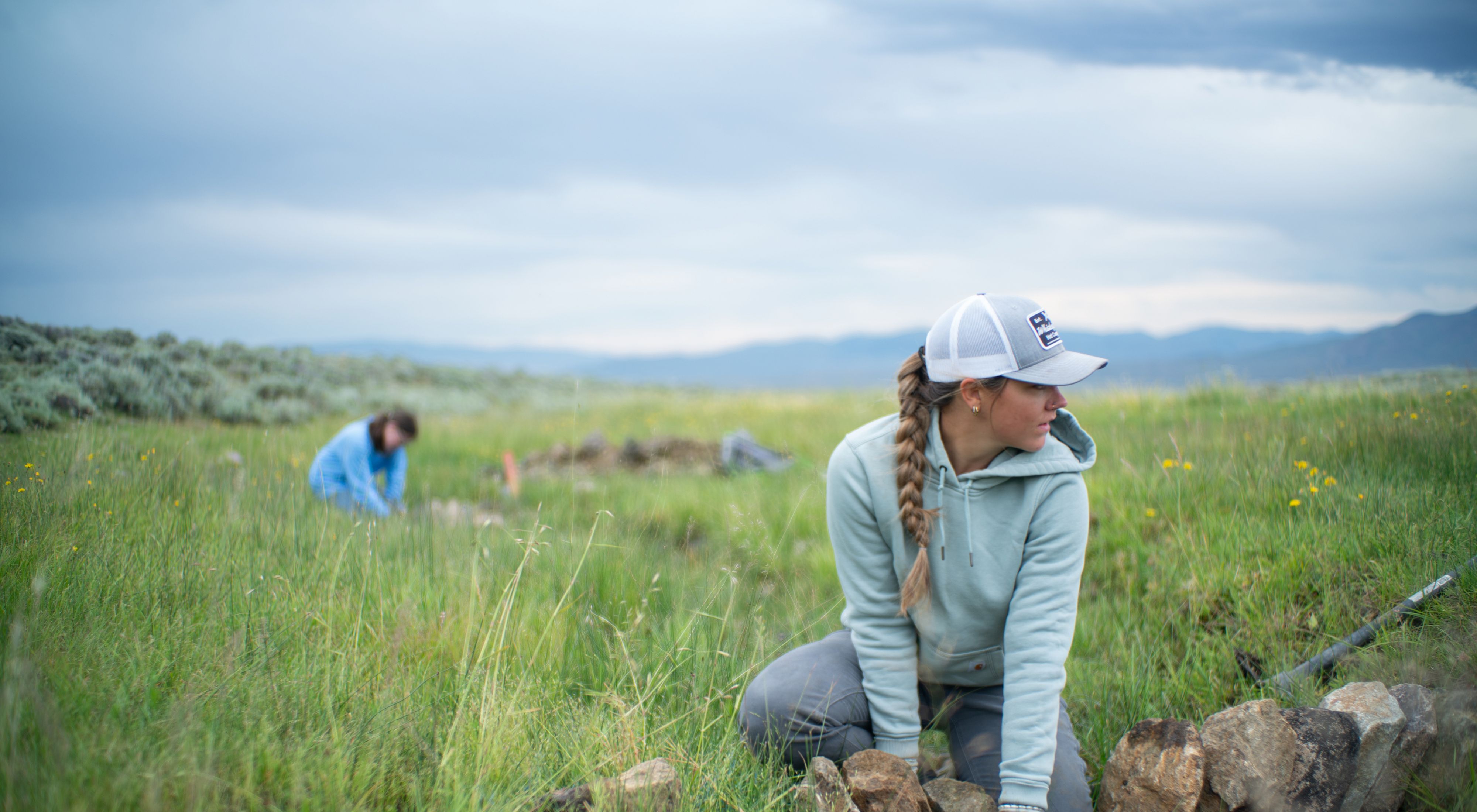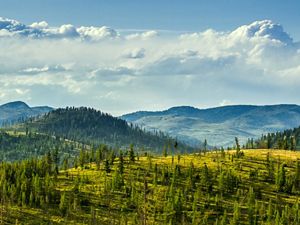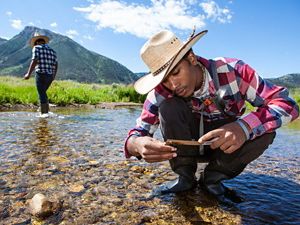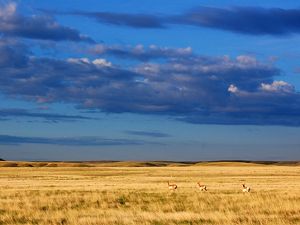Nature’s Next Leaders Start Out on the Sage
Jobs program employs teens and young adults from local communities while teaching a range of conservation skills.
The blue-green Sagebrush Sea may feel as vast as an ocean, but actual water is in short supply. As climate change further parches the landscape, pockets of wet meadow become essential for pronghorn, sage-grouse and other wildlife, as well as livestock, to find food and shelter as they raise their young.
So it’s fitting that young people are leading the charge to restore these wet meadows and other crucial habitat in Montana.
In 2020, The Nature Conservancy partnered with the Natural Resources Conservation Service to launch a satellite office of the Youth Employment Program (YEP) in Dillon, Montana. The program hires teens and young adults from our local communities to work on restoration projects in the High Divide Headwaters. It also helps pass on the skills and knowledge necessary to work in conservation to the next generation. Many youth have taken a particular interest in wet meadow restoration and other work that will help them forge a career helping nature respond to an uncertain future.
For the past three years, YEP employees have worked alongside our staff to build rock structures in stream beds and depressions, along with log and branch dams that mimic the work of beavers. These structures slow the flow of water so it can spread out and soak slowly into the ground, preventing flooding during the spring and providing a source of water for wildlife into the summer. They’re neither expensive nor complex to build, but they require hands-on experience using chainsaws, mapping software, and other tools essential to conservation.
“I was looking for places to get experience—that's why I applied here,” explains Colton Folts, a YEP employee from Laurel, Montana. “I need to network even further than what I did at college. Between meeting people and being able to put all this stuff on my resume, I've exceeded that goal.”
Quote
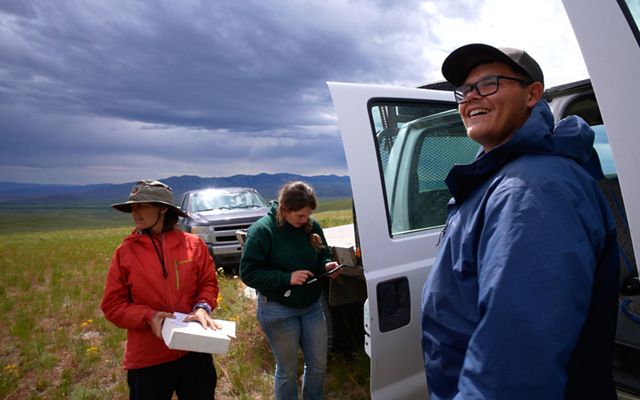
“It’s exceeded my expectations, being able to camp, to meet people, to do interesting work that’s going to a greater cause for Montana.”
“It really allows you to realize what you want to do,” says 20-year-old Bella Glosser, a YEP employee who is in her second year with the program. “The certifications you build up are really helpful. I want to do fire and got my red card,” she explains, referring to the nationally recognized certification required to become a wildland firefighter.
To date, YEP teams have installed more than 1,500 of these wet meadow structures across the High Divide. The restoration of water-rich habitats has proved such a success that we are planning similar efforts in the Northern Great Plains. We recently secured five years of funding to expand our existing efforts in the High Divide.
And just as the meadows have been transformed, so have those who made the work possible. “I think it's changed me for the better,” Bella says.
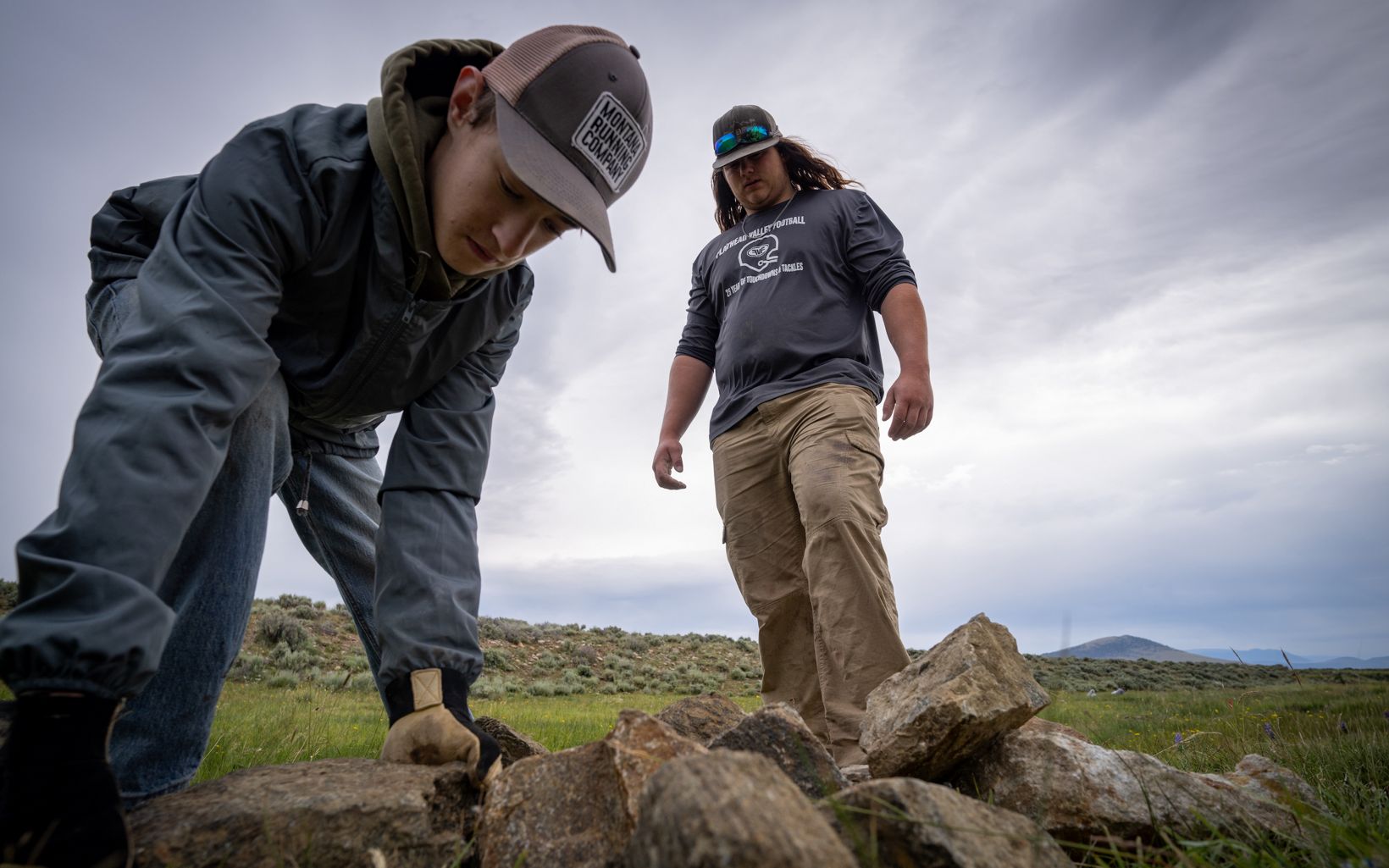
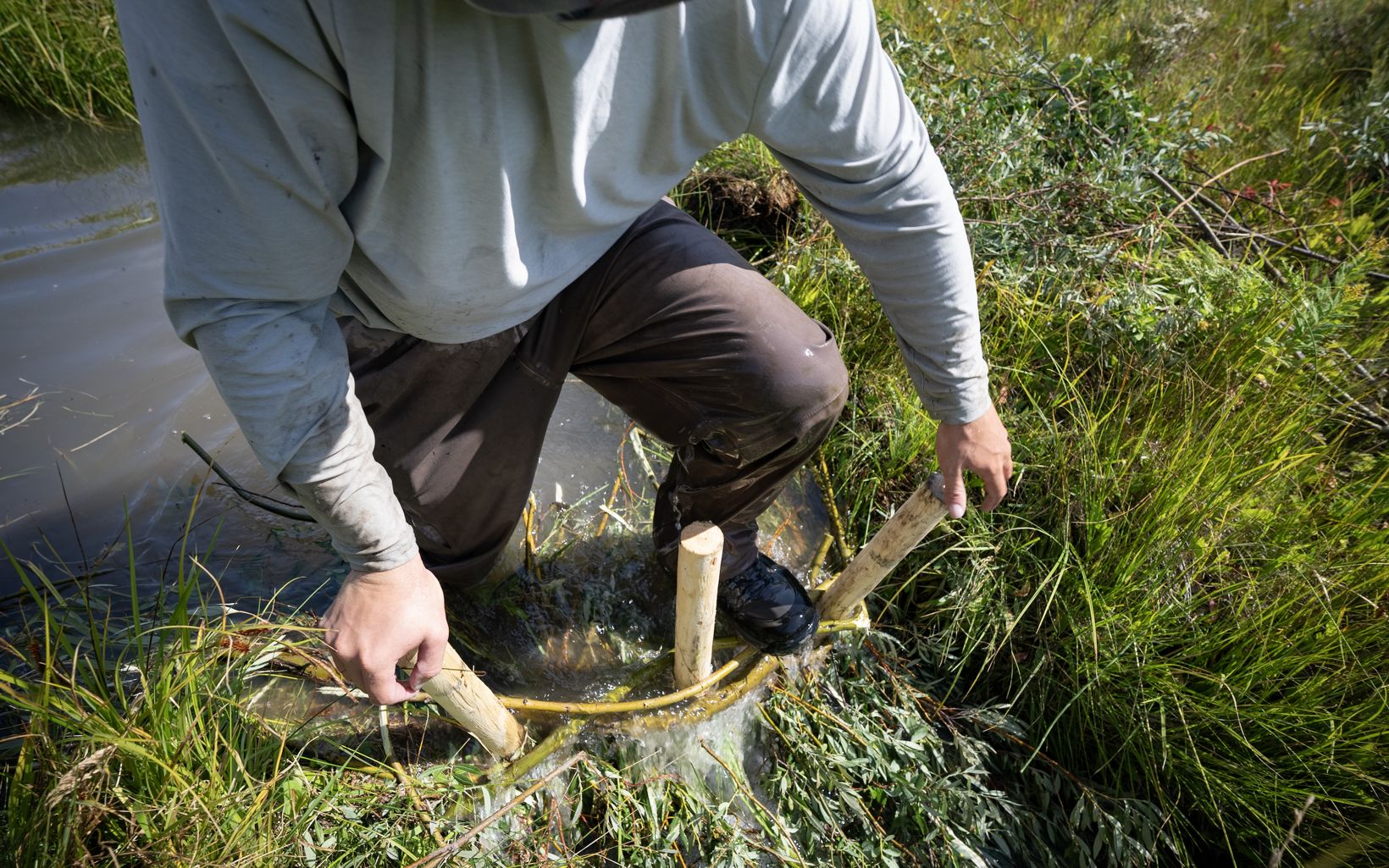
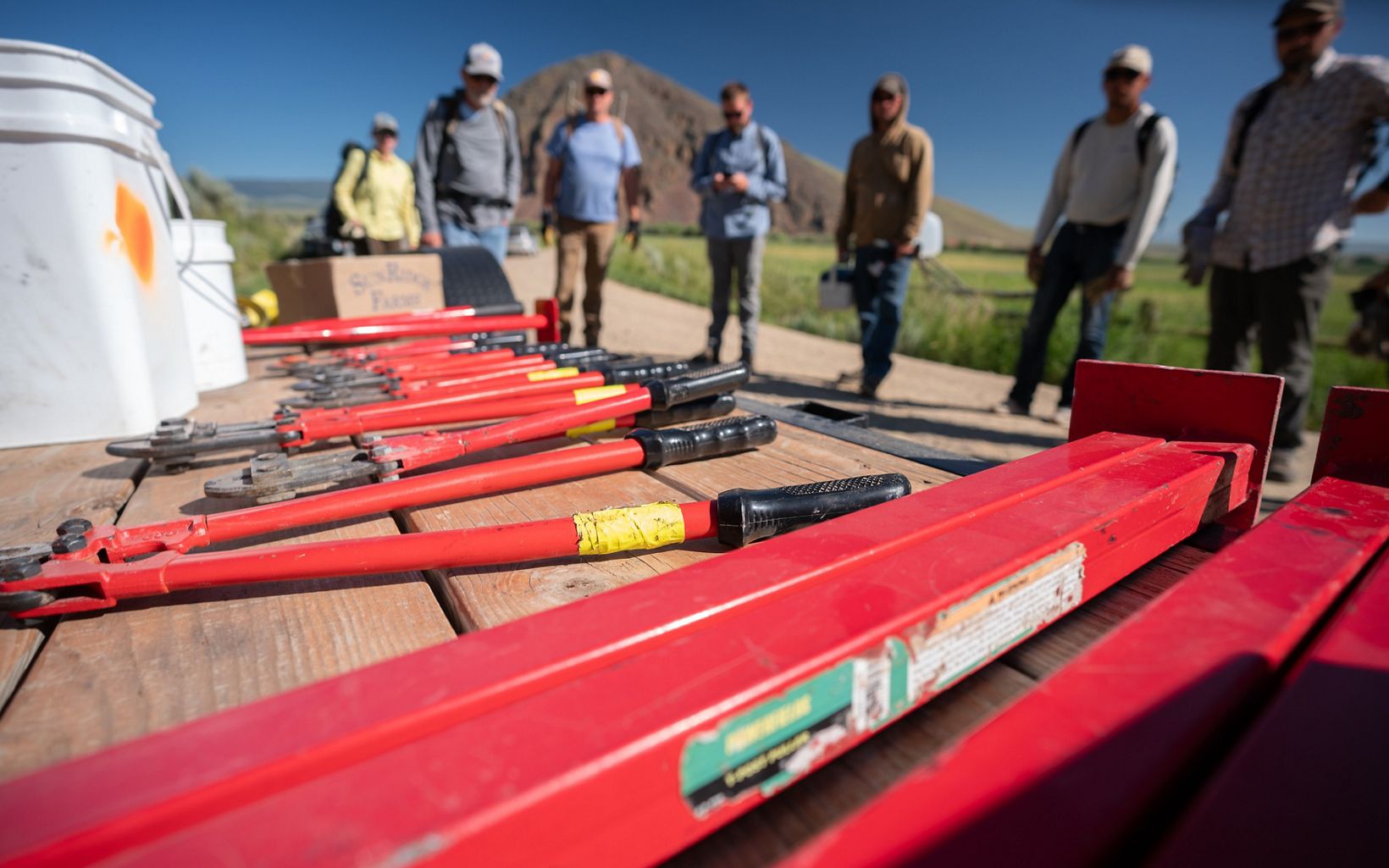



We Can’t Save Nature Without You
Sign up to receive monthly conservation news and updates from Montana. Get a preview of Montana’s Nature News email.

